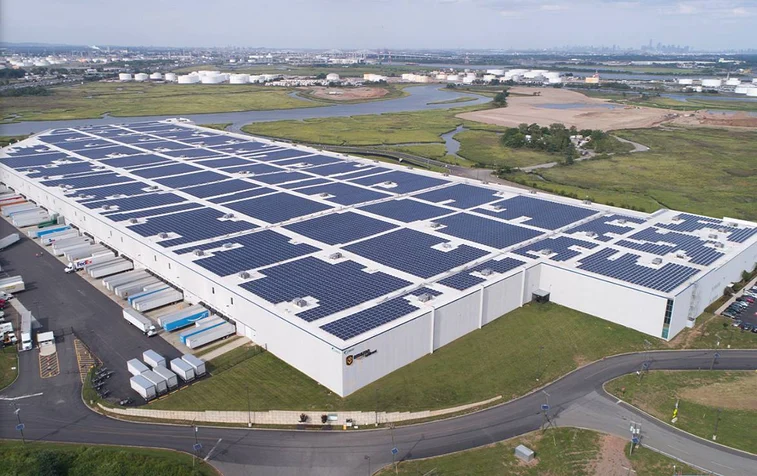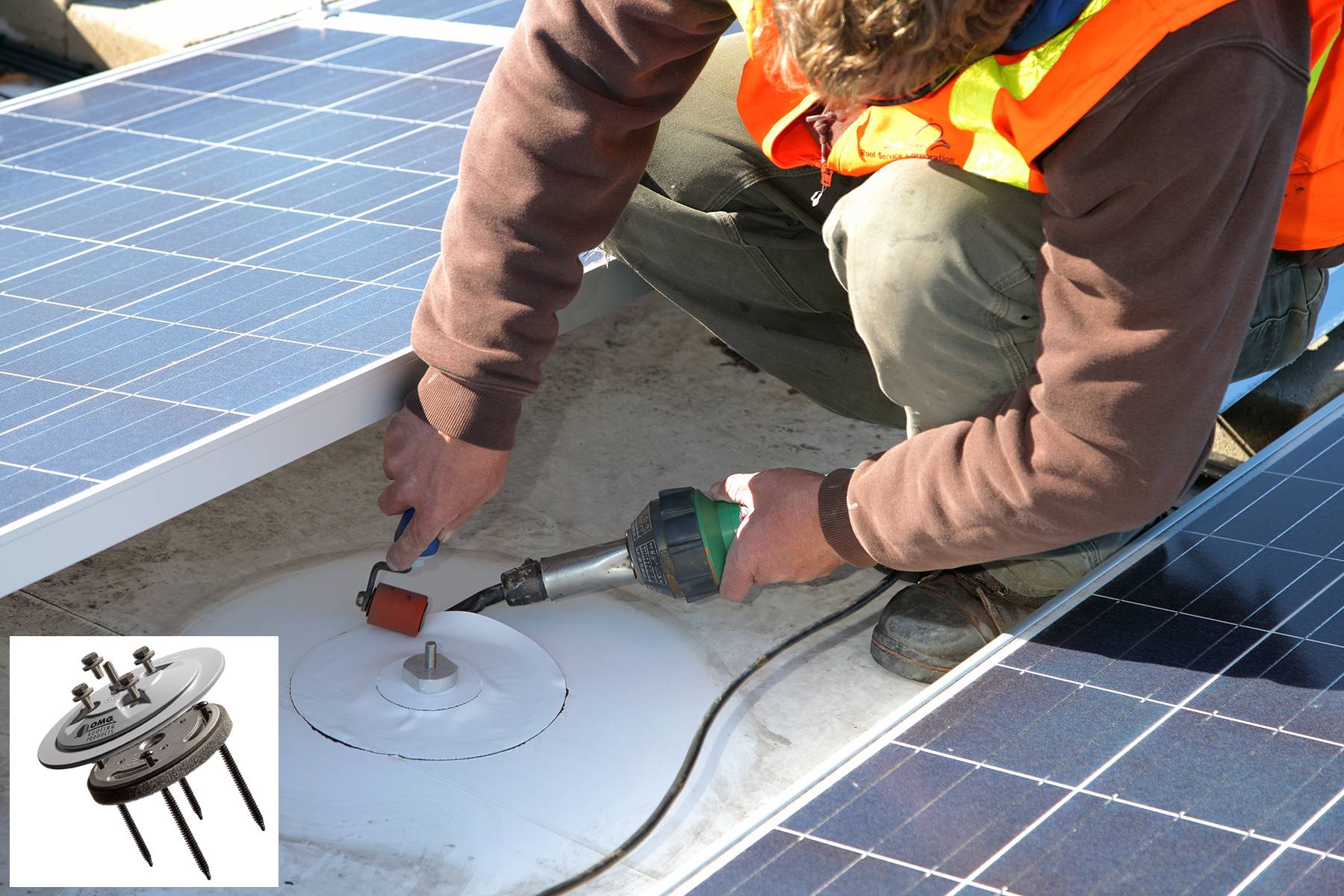Artificial Intelligence
Roof-Mounted Solar: Structural and Waterproofing Considerations in C&I Applications
In the first part of this two-part article, I explored the various types of roof membranes and roofing systems commonly found in commercial and industrial (C&I) buildings. Identifying the type of roof is a critical first step when planning for roof-mounted solar installations. This information directly influences design and engineering decisions, such as structural integrity, waterproofing needs, and balance of system (BOS) requirements. While these considerations come after the initial roof identification, they are just as essential—ensuring that solar arrays stay secure, don’t compromise the building’s structure, and prevent water leaks.
Structural Considerations
The structural evaluation is often the most crucial aspect of any C&I roof-mounted solar project. A thorough assessment ensures that the building can safely support the added weight and forces from the solar array. Here are some key areas to consider during the structural review:
Waterproofing Considerations
Beyond structural concerns, waterproofing is another critical factor in roof-mounted solar projects. Every penetration through the roof creates a potential entry point for water. Proper flashing, drainage, and protection are essential to maintain the integrity of the roof membrane and ensure long-term performance.
All the electronic jacquard machines under this water jet loom with jacquard classification could weave various of patterns stably and sufficiently. These jacquard looms are applicable to various of textile weaving looms, not only water jet loom, but also rapier loom, air jet loom, shuttle loom, projectile loom with any reed width. These digital jacquard machines are compatible with most brand of textile weaving machinery, just like ITEMA, SOMET, SMIT, PICANOL, DONIER, RIFA, TOYOTA, TSUDAKMOA etc. .
Water Jet Loom With Jacquard,Water Jet loom Machine,Water Jet Weaving Machine,Water Jet Machine Textile
JIANGSU S&S INTELLIGENT SCIENCE AND TECHNOLOGY CO., LTD , https://www.ssjacquard.com